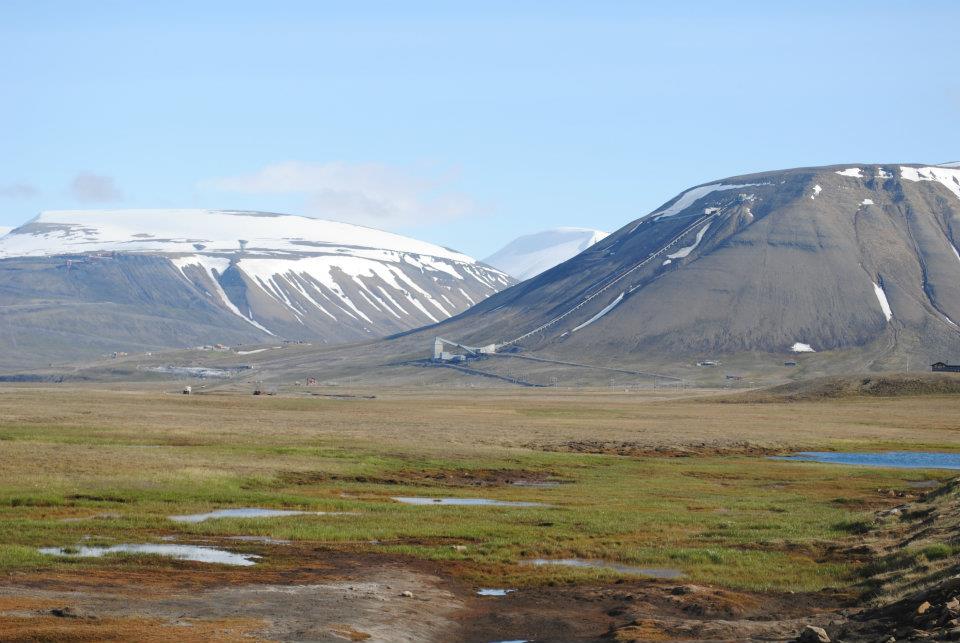On this Friday, 20 August 2021, at 4pm Stockholm Time PhD-Candidate Dmitry V. Arzyutov will defend his dissertation with the title “Reassembling the Environmental Archives of the Cold War”. Dima’s opponent is Assistant Professor Bathsheba Demuth from Brown University in Providence, USA (State of Rhode Island). We are looking forward together with his supervisors Peder Roberts (Stavanger), Per Högselius (KTH) and Julia Lajus (St. Petersburg) to this major event in our division’s PhD-education.
If you want to join check out the official announcement including the Zoom-link here.
Abstract
To what extent the environmental history of the Arctic can move beyond the divide between Indigenous peoples and newcomers or vernacular and academic ways of knowing? The present dissertation answers this question by developing the notion of an environmental archive. Such an archive does not have particular reference to a given place but rather it refers to the complex network that marks the relations between paper documents and human and non-human agencies as they are able to work together and stabilise the conceptualisation of a variety of environmental objects. The author thus argues that the environment does not only contain information about the past but just like any paper (or audio and video) archive is able to produce it through the relational nature of human-environment interactions. Through the analysis of five case studies from the Russian North, the reader is invited to go through various forms of environmental archives which in turn embrace histories of a number of disciplines such as palaeontology, biology, anthropology, and medicine. Every case or a “layer” is presented here as a contact zone where Indigenous and academic forms of knowledge are not opposed to each other but, on the contrary, are able to interact and consequently affect the global discussions about the Russian Arctic. This transnational context is pivotal for all the cases discussed in the dissertation. Moreover, by putting the Cold War with its tensions between two superpowers at the chronological center of the present work, the author aims to reveal the multidimensionality of in situ interactions with, for instance, the paleontological remains or the traces of all-terrain vehicles and their involvement into broader science transnational cooperations and competitions. As a result, the heterogeneous archives allow us to reconsider the environmental history of the Russian North and the wider Arctic and open a new avenue for future research transcending the geopolitical and epistemic borders of knowledge production.
Abstract på svenska
I vilken grad kan en miljhöhistorisk analys av Arktis undvika klyftan mellan ursprungsfolk och nykomlingar, samt mellan folkliga och akademiska form för vetenskap? Avhandlingen svarar på denna fråga genom att utveckla begreppet ”miljöarkiv.” Ett sådant arkiv hänvisar inte till en särskild plats, men heller till et komplex nätverk som samlar ihop förhållande mellan dokument i papper och båda mänskliga och icke-mänskliga aktörskap. Tillsammans stabiliserar och konceptualiserer de ett antal miljöobjekten. Författaren argumenterar därför att miljö omfattar inte bara information om förtiden men liksom andra form för arkiv (antingen papper-baserat eller elektronisk) kan reproducera förtiden genom att belysa interaktioner mellan människor och natur. Genom fem case studier från det nordliga Ryssland bjudas läsaren på en tur av fem olika miljöarkiv som omfattar olika disciplinära traditioner, t. ex. paleontologi, biolog, antropologi, och medicin. Varje case eller ”lager” presenteras här som kontaktzon var ursprungliga och akademiska form för vetenskap inte nödvändigtvis står i opposition, men tvärtom påverkar varandra, och därmed får inflytelse över diskussioner om det ryska Arktis även på global nivå. Denna transnationella kontext är avgörande för alla cases i avhandlingen. Genom att sätta det kalla kriget i analysens centrum (kronologisk sett), med fokus på spänningarna mellan stormakterna, hoppas författaren att belysa de flerdimensionella interaktionerna mellan t. ex. paleontologiska fynd och spår från bandfordon och hur dessa interaktioner var kopplad till bredare frågor kring multinationella samarbete och konkurrens. En så heterogen uppfattning av arkivet öppnar för nye perspektiv på miljöhistorien av båda det ryska Arktis och Arktis set i sin helhet, samt öppna för nya forskningsfrågor som överskrider nuvarande geopolitiske och epistemologiska gränser innanför kunskapsproduktion.
Good luck, Dima!

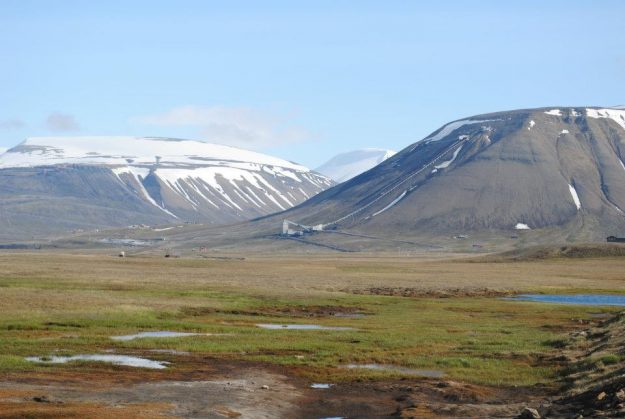
 Podcasts are indeed a great way of learning and communicating research, which makes our academic work so vibrant and fun, Liuba says about the episode.
Podcasts are indeed a great way of learning and communicating research, which makes our academic work so vibrant and fun, Liuba says about the episode.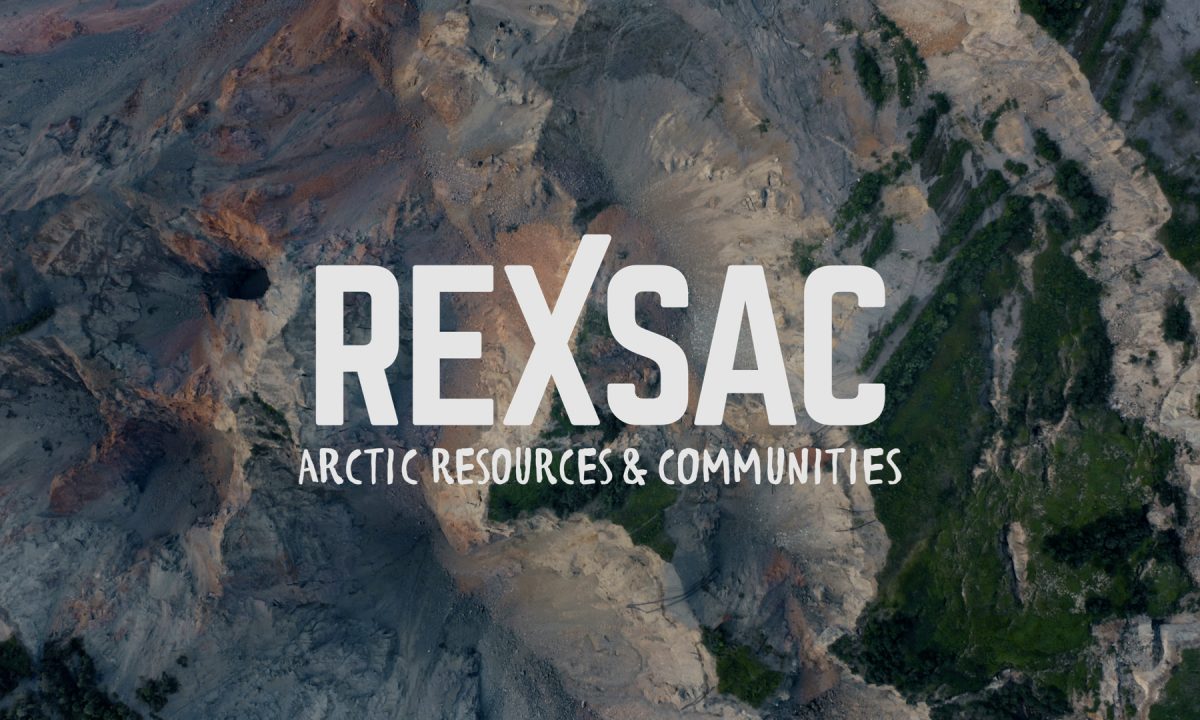
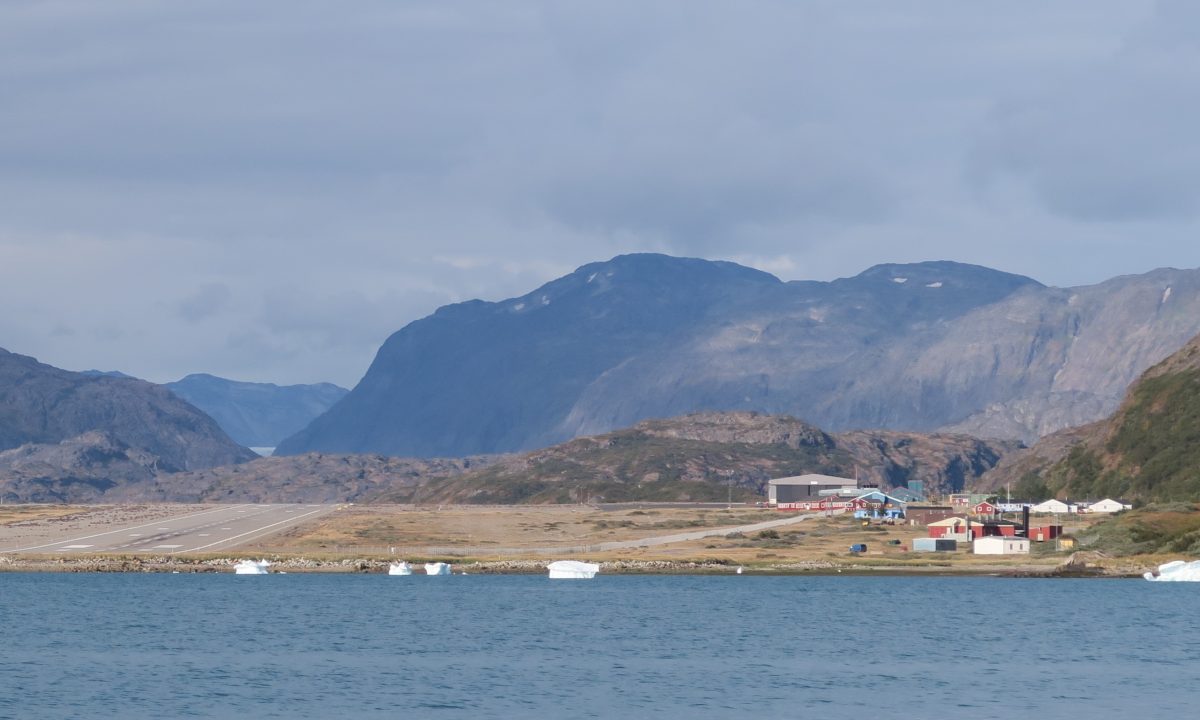
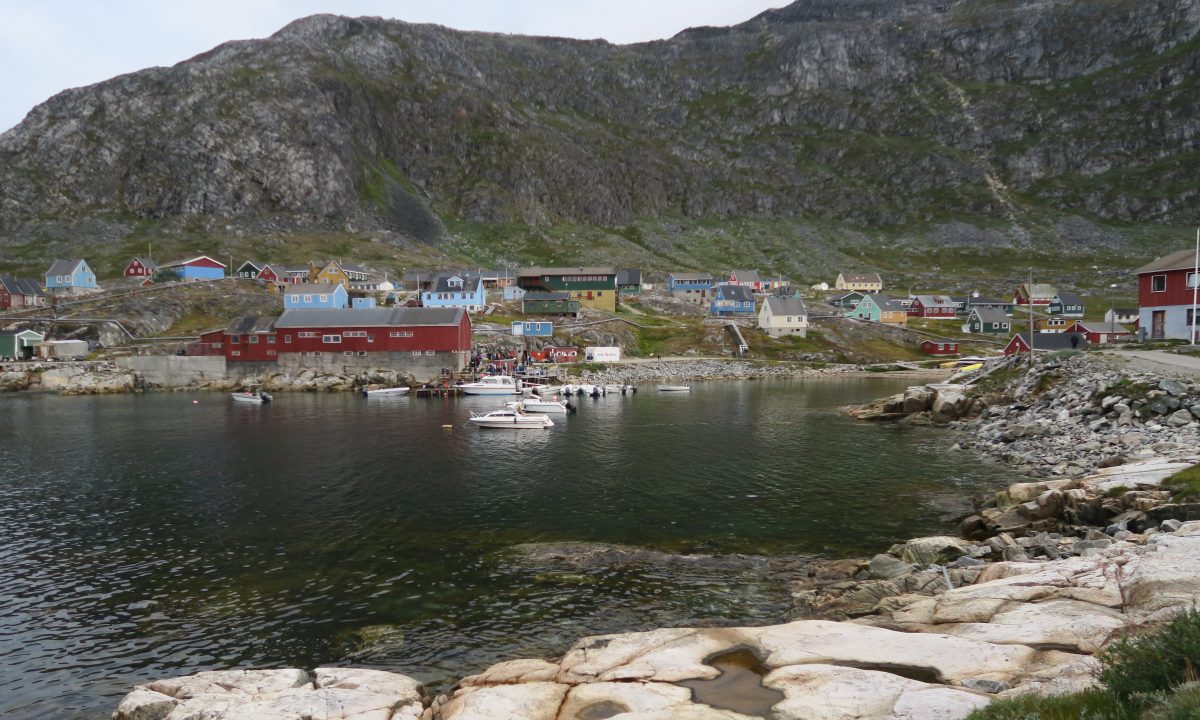

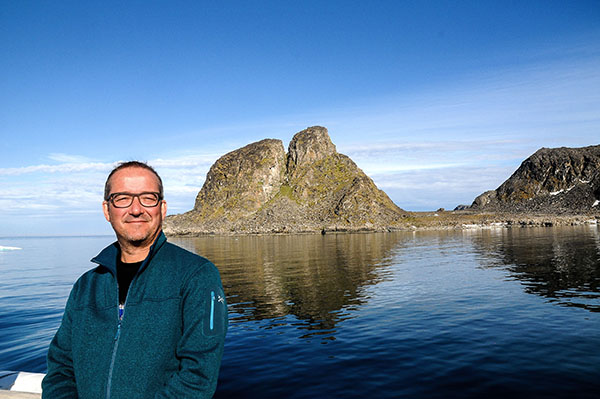
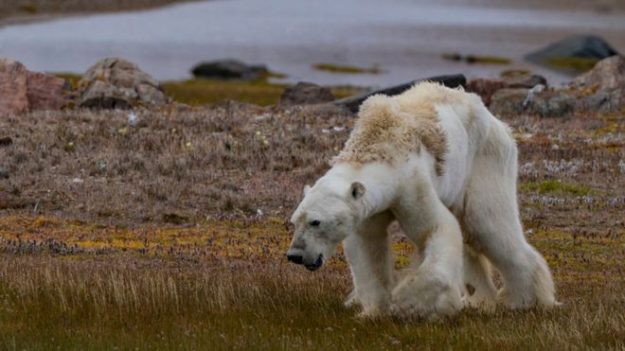
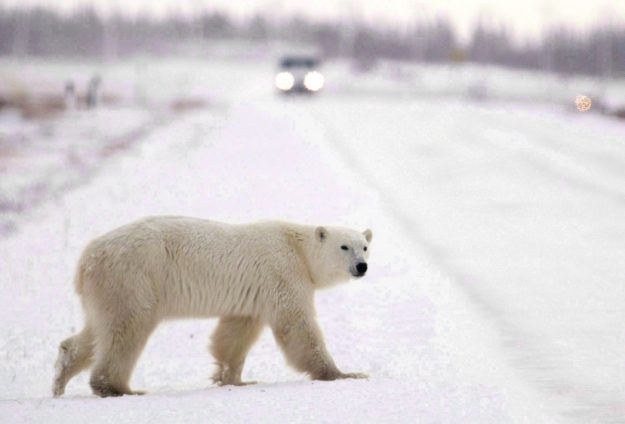
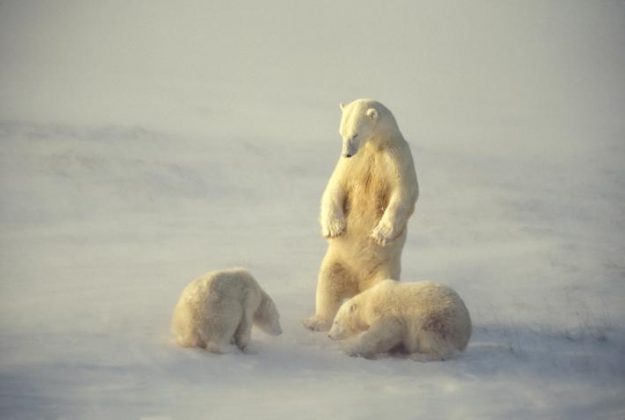
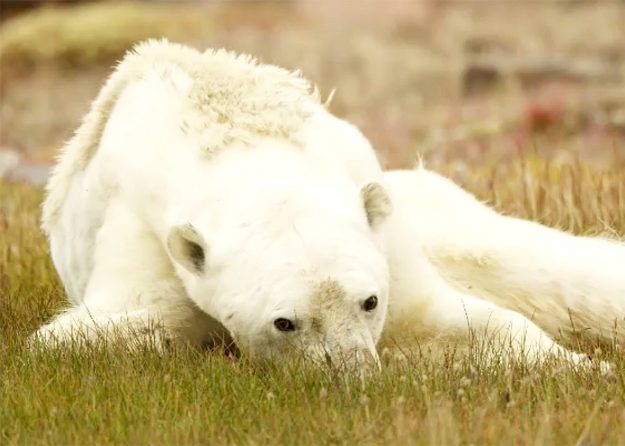

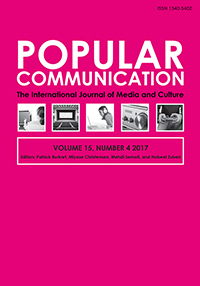 17). Arctic sea ice and the communication of climate change. Popular Communication: Vol. 15, No. 4, pp. 249-268. doi: 10.1080/15405702.2017.1376064
17). Arctic sea ice and the communication of climate change. Popular Communication: Vol. 15, No. 4, pp. 249-268. doi: 10.1080/15405702.2017.1376064